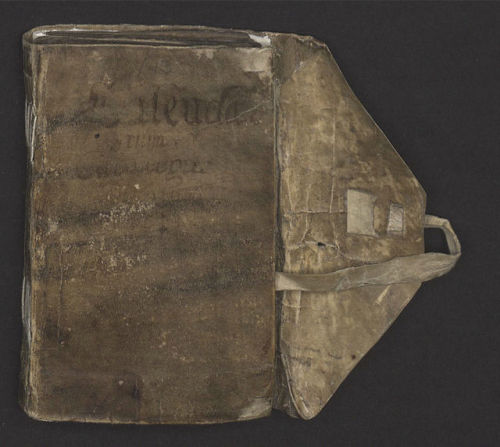Latest Posts by sigilheart - Page 6

Jakob Böhme. Mystical Heart Diagram. 1647.




Alchemical drawings from Sapientia veterum philosophorum, sive doctrina eorumdem de summa et universali medicina (18th c.) BnF

Gloves worn by sightless deaf people that allow them to communicate. Talking gloves for the deaf and blind; their value to men injured in the present war. 1917.

The Musica Universalis (Harmony of the Spheres) - Ratios of Orbital Distance and Orbital Periods. Musica Universalis (Music of the Spheres) is an Ancient Philosophical concept that regards Proportions in the movements of Celestial bodies of the Sun and Planets as a Form of Musica (the Medieval Latin name for Music). This “Music” is not literally Audible, but a Harmonic and Mathematical relationship between our Star and it’s Satellites. This design is inspired by theory and writings taken from Johannes Kepler’s “Mysterium Cosmographicum” (The Secret of the Universe) where he explored the relationships of Harmonies in our Solar System and sought to uncover the “Music” therein. In this graphic, the Circles represent Orbital Resonance, which occurs when two Planets have an Orbit that are a simple Integer Ratio of each other. For example, consider the Orbits of Earth and Venus (8 : 13), which means the two Planets arrive at almost the same position after 8 Earth Orbits and 13 Venus Orbits. The underlying Circles represent relationships of Orbital Distance as calculated from each Planets semi-minor Axis - which is the shortest length in a Planets elliptical Orbit around the Sun. What is most striking, is that the mirrored structure that arises in the semi-minor Axis between: - the first and last for Planets (both 4:1) - the last and first Planets (both 25 : 1) - and the fourth Planets as counted in from the 1st and last (25 : 4) - Mars from Mercury, and Saturn from Pluto In this view of the semi-minor and Orbital Resonaces overlaid, the whole Solar System takes on the appearance of a carefully Mathematically Balanced ballet of Harmonic Relationships and shared Proportions. In some instances the Ratios and Relationships depicted here are reputed to be very accurate (in terms of Cosmological distances which are vast) coming close to 99.8%.









astronomical/astrological diagrams
from an astronomical-astrological composite manuscript, alsace, 15th c.
source: Vatican, Biblioteca Apostolica Vaticana, Pal. lat. 1370










Galdrakver (‘Little Book Of Magic’) The ‘Little Book Of Magic’ is a seventeenth-century Icelandic manuscript, written on animal skin and containing magical staves, sigils, prayers, charms and related texts.
It is known to have once been owned by Icelandic Bishop Hannes Finnson who was alive from 1739 until 1796 and known for having a vast library containing many volumes of magic related texts and manuscripts. Full manuscript here.



Bronze hand used in the worship of Sabazios. Hands decorated with religious symbols were designed to stand in sanctuaries or, like this one, were attached to poles for processional use.
Date: Roman 1st–2nd century AD. Collection: British Museum.

Folk figures, Lucie on the left, Barbora on the right (From the Ethnographic Museum in Prague)

Eileen Agar (Argentine-British 1899-1991), Ladybird, 1936. Gelatin silver print with gouache and ink, 76 × 51 cm.




























